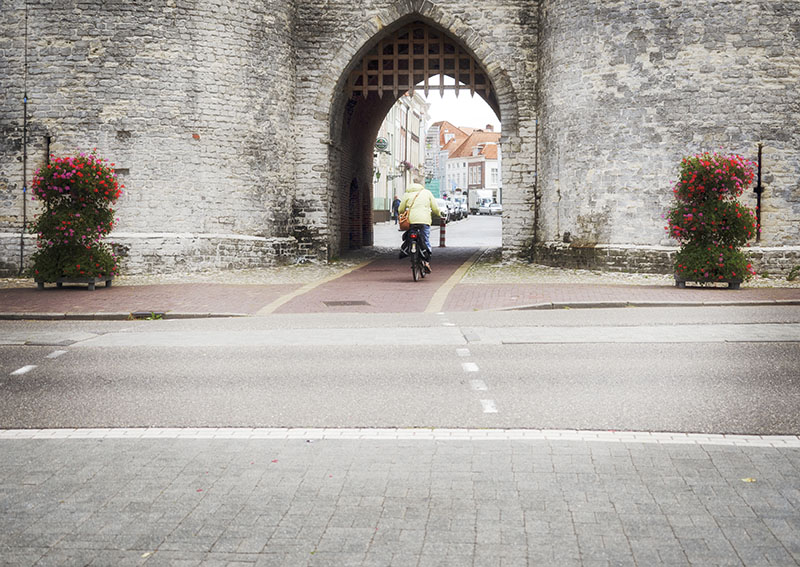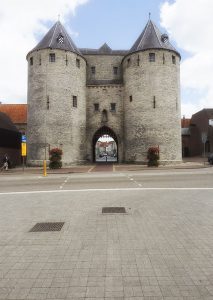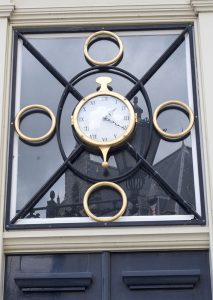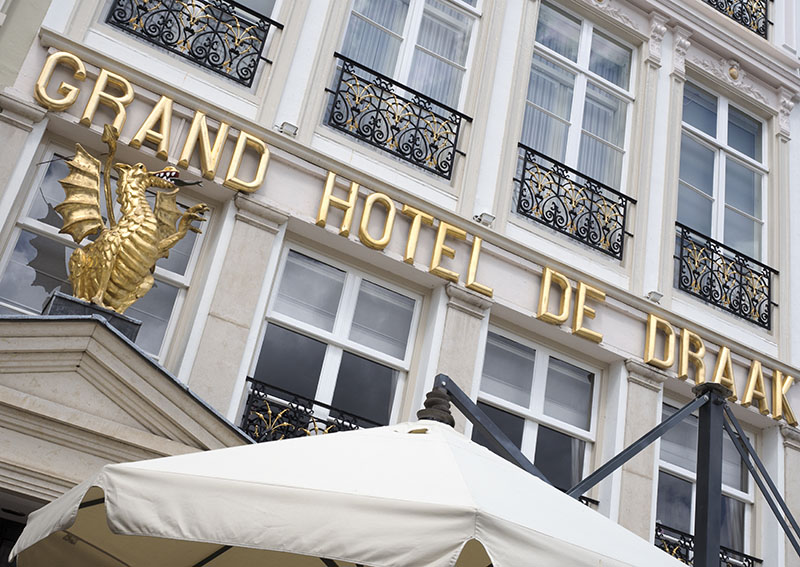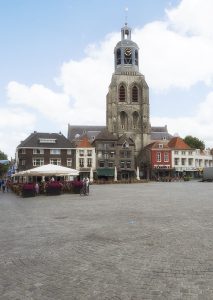Situated just 42km from Antwerp, the town Bergen op Zoom is in the perfect position for sightseeing. From the marina, it is a short four minute bike ride, or fifteen for the walker, into the town centre.
Despite its canal network being filled in during the nineteenth century in conjunction with the growth of the city, the old centre has retained its heritage.
One of five gates situated within the walled fortifications that once surrounded the township, dating to the mid – 1300s, the Lievevrouwepoort or Gevangenpoort – is the oldest standing structure in the township. With the decline of the fortified town, the city walls and gates fell into decay and, except for this one beauty, were removed.
Renovation of the Lievevrouwepoort to place in the sixteenth century and, with an addition or two, it became the town’s prison until 1932, whereupon the structure became a museum. Today, the building is an exhibition centre.
There is always something slightly different to find.
About Bergen op Zoom
- The town was constructed on a section of land created by two types of soil, sand and clay. Over time, as the sand was swept against the clay by winds and tides hills were formed. In Dutch, ‘zoom’ means the rim created by these hills and ‘bergen’ hills, and it is from this natural phenomena that Bergen op Zoom gained its name.
- Habitation dating to the Iron Age has been uncovered.
- First mention of the town is 1212 when it was granted privileges.
- Because of its position, the town was considered the gateway to Zeeland. That is, whoever controlled the town controlled the entire province.
- 1533 was the year the region became a Marquisate and Bergen op Zoom the managerial centre
- 1397 a fire destroyed all in the city bar two buildings, De Draak and De Olifant. All records were lost.
- De Draak, the oldest Netherlands hotel, has been an inn/hotel as since prior to the 1397 fire.
- 1444, the town was overcome by fire for a second time. The harbour and all high volatile companies were moved the outside the walls.
- 1400s, the city flourished economically, and enlargement of Sint Gertrudiskerk commenced.
Sint Gertrudiskerk towers above the town square - Nicknamed ‘La Pucelle’ (the virgin), the town was impregnable until 1747 when the French invaded. With no backup being sent by the leaders of the other townships (they assumed the town defences would uphold), in a first the town of Bergen op Zoom fell into foreign hands.
